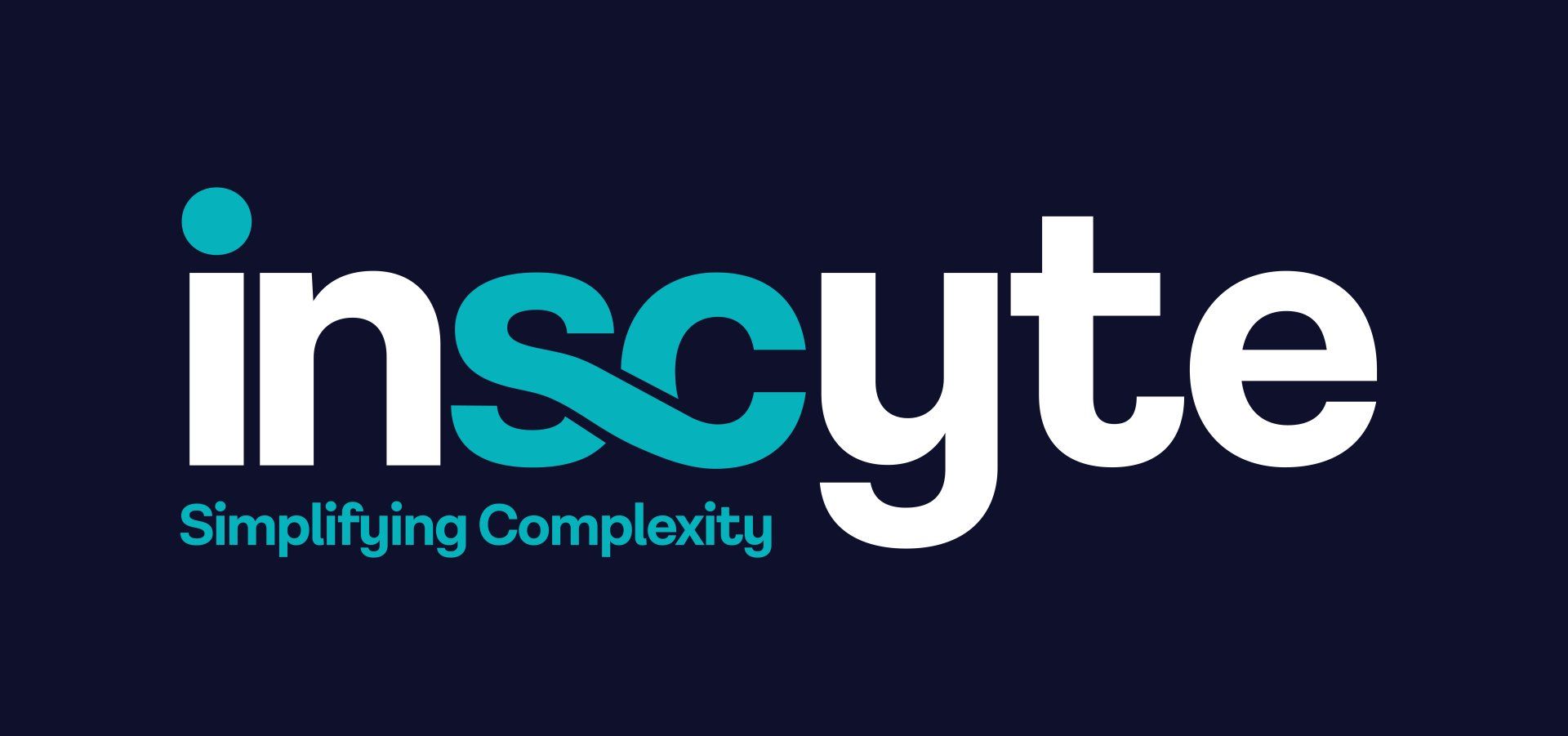New title
Are We Selling Our Kids Short? The Problem with Outdated School Building Concepts.
As Whitney Houston said, “I believe children are our future. Teach them well and let them lead the way.” As we all, no doubt, agree with this statement, we might assume our children are being taught in buildings fit for purpose and in environments that stimulate innovation.
Sadly, that is often not the case.
For decades, the education system has evolved rapidly, embracing new technology and new teaching models. But school buildings always seem to lag behind, not able to keep pace with these developments. Schools still operate within structures designed for a previous era that no longer reflect how children learn, collaborate, and thrive.
And so, it’s our children who lose out.
The legacy of outdated design
Many school estates were built to accommodate 20th-century education models - rows of desks, teacher-centered instruction, and set against rigid timetables. These layouts, while functional at the time, fail to support today’s more dynamic, inclusive, and technology-enabled approaches.
Fixed classrooms, limited or inappropriate breakout areas, and poor acoustic and environmental design hinder the skills the next generation needs, such as creativity, adaptability, and collaboration.
How the PFI model has failed
PFI schools built in the late 1990s and early 2000s may have been innovative initially, providing much-needed investment. However, their long-term contractual nature has caused inflexibility, spiralling costs, and maintenance challenges.
The size and scale of schools at the time reflected community thinking around shopping malls, and core and cluster buildings. These structures were wrapped around an atrium with glazed roofs and secondary light flooding into the space. Schools like shopping malls were built with concrete walls and solid floors and pertinacity for exposed engineering.
Such open plan designs may have been an architect’s dream, but they were fraught with problems from noise pollution and visual distractions to a lack of privacy.
Small group learning with breakout spaces from classrooms and wide corridors doubling up as teaching spaces may have been great in theory, as long as the acoustic qualities could cope, and you could manage the heating and cooling, plus the light pollution from massive glazed areas, and the all too often water ingress issues, as the rain beats out a drum solo on the roof of the school.
Due to time constraints, contractors have been almost forced to adopt a one-design-fits-all approach. Not only has this resulted in limited design intelligence, but the most effective use of space for each school has not been made.
Learning spaces that inspire, not inhibit
Technology marches on. From blackboards to whiteboards to interactive flat panels (IFPs) or smartboards, our classrooms have changed dramatically. Resources address the limitations of physical whiteboards and encourage remote collaboration, integration with digital tools, and the ability to save and share content. Modern teaching thrives on flexibility. Learning today happens in open, connected environments that blend formal teaching with informal collaboration. There’s also much more focus on individual learning with one-to-one engagement between teacher and pupil.
And the rapid evolution of generative AI, virtual reality and adaptive learning offers huge opportunities and transformation.
A call for smarter investment
The challenge is to bridge the gap between legacy design and modern educational needs. Through proactive lifecycle planning, creative reconfiguration, and open collaboration with local authorities and academy trusts, we can transform existing assets into inspiring, future-ready learning environments.
Investing wisely in our school buildings isn’t just about compliance or contract management. It’s about investing in the next generation’s potential.
Let’s also think beyond large centralised buildings and explore more localised community-integrated educational facilities. It’s time to rethink, reimagine, and reinvest – not just in bricks and mortar, but in better learning for brighter futures.




